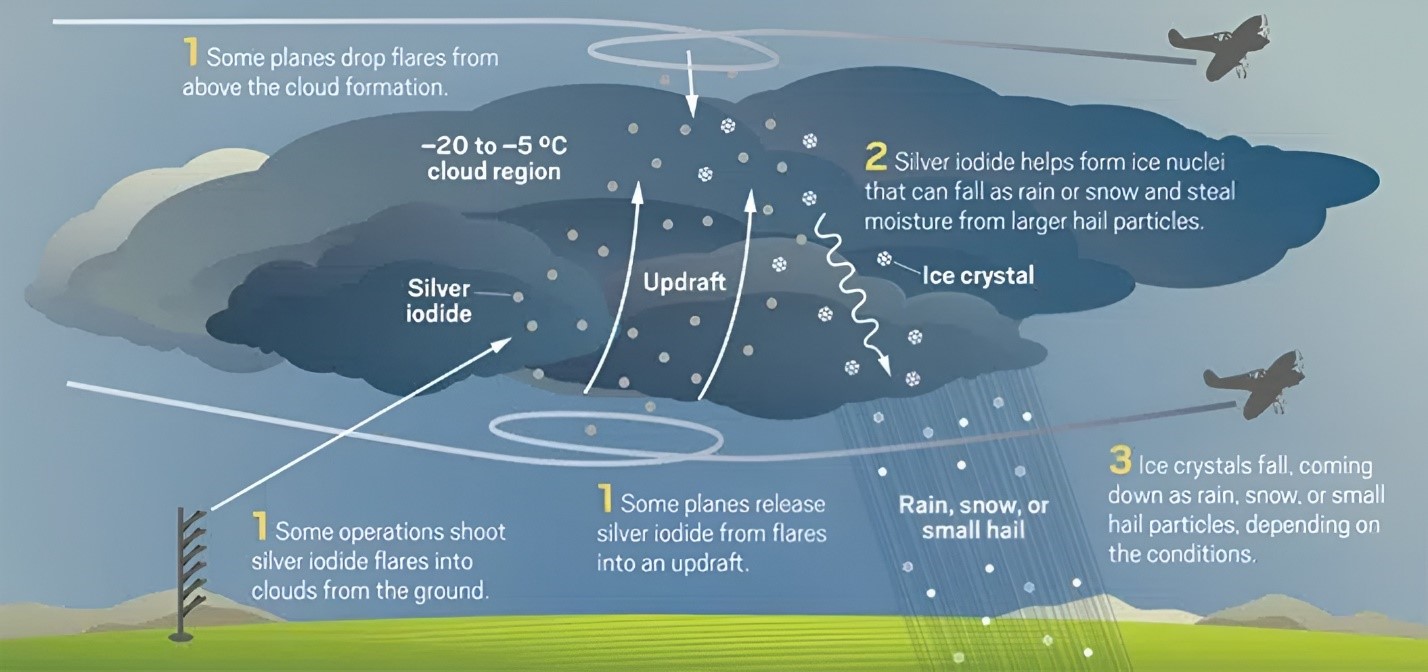7667766266
enquiry@shankarias.in
Mains: GS I – Geography
Recently, The Government of the National Capital Territory Delhi carried out cloud seeding and artificial rain to reduce air pollution, it is necessary to understand how this works and if it is effective at all.

India has been experimenting with cloud seeding, commonly known as artificial rain, since the 1950s, primarily as a drought management tool.